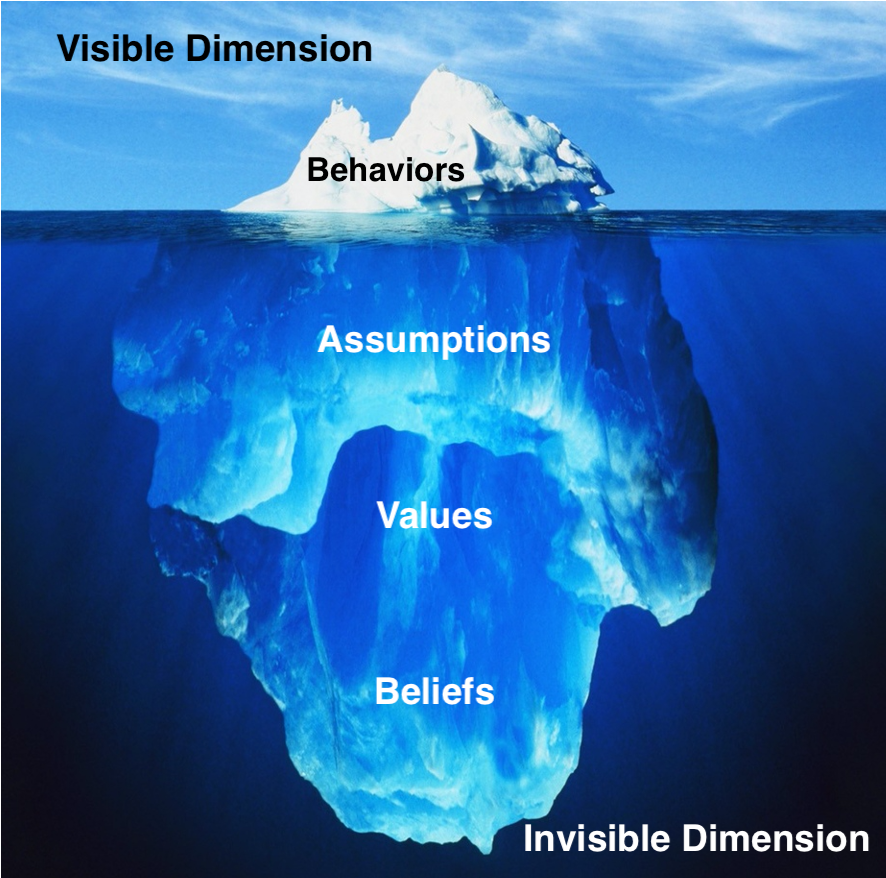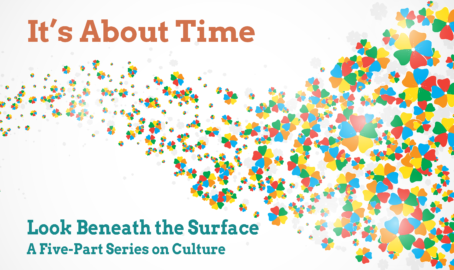Dear Dr. Mooney,
School is about to start, and I’m nervous. This is only my second year teaching, and I have so many more English Learners in my class this year than last. Even more troubling is that several of them come from countries I know little about or speak native languages I have never even heard of! I have travelled overseas once, so I know there will likely be cultural differences between myself and many of my students. My concern is that I don’t want to offend anyone because of these differences, and I don’t know what I don’t know! What can you tell me about culture so that I don’t stick my foot in my mouth?
Signed,
Concerned about Culture
Dear Concerned about Culture,
I am so glad you asked this question. Most educators know that cultural differences exist, but not everyone spends the time necessary to navigate them well. You’re off to a great start! Today, I’ll give you a brief overview of two foundational aspects of culture. There is much more to it than this space allows, so in the next several weeks I will share examples of ways your students’ cultures may be influencing their thoughts and behaviors in your classroom.
A Good Place to Start
If you have spent any time around English Learners, you know that in addition to having a native language other than English, they may also dress differently than you, eat foods you don’t recognize, and celebrate holidays you have not heard of. These are some of the visible behavior differences that are obvious in any cross-cultural interaction. Just as you may be surprised by their language, dress, food, or celebrations, your English Learners and their families are surprised by yours, too.
Although these differences may seem daunting to navigate at first, most educators find ways to learn about students’ native cultures (thank you, Internet!), give them the respect they deserve, and invite them into the classroom.
But that’s not all there is to culture.
Don’t Stop There!
Your students or their families may demonstrate behaviors that at first do not seem tied to culture. For example, they may regularly be late to school or always choose to partner with a friend when playing a game. Their families may not volunteer in your classroom or agree to interventions for a learning disability.
It may seem obvious to you that all families know to arrive at school on time. Of course, all children love a good competitive game to see who is best. And all “caring” families volunteer in their child’s school and readily embrace any extra support their struggling child can receive. Right?!
Whoa, not so fast. You need to look deeper.
It’s Under the Water
A quick Google search produces many images of icebergs like the one below. The part above the waterline is noticeable, but look how much is hidden beneath the surface.
If culture were represented as an iceberg, the part above the water symbolizes the visible dimension – those behaviors we can see. However, just like actual icebergs, the part that is underneath the water is so much bigger than what is above the surface. The submerged part represents the invisible dimension of culture – our assumptions, values, and beliefs about life and how it should be lived. This dimension tells us what is right or wrong, good or bad, worthy or unworthy, and it results in the visible behaviors.

We make decisions about how to behave or respond to life based upon our internalized assumptions and values. Both dimensions are acquired from our families and the society around us as we grow up, and those invisible parts of culture may explain why your students and their families behave in a way that’s hard for you to understand.
A Few Examples
Each of the statements below are examples of the invisible dimension in United States culture:
- Friends can be made relatively quickly.
- Being honest with people is always best in the end.
- Justice is blind.
- Time is money.
- To be late is rude.
- Every problem has a solution.
Why This Matters…A Lot!
If we don’t understand that culture has these two dimensions, then we are tempted to think cross-cultural communication is just about the part we can see. Thus, we learn to speak another language, enjoy a new food, or respect varying celebrations, and gain the sense we have done all we need to in order to welcome cultural differences into our classrooms and our lives.
Thinking about the iceberg diagram, is that really enough?
When we learn about the presence of invisible dimensions of culture, we realize we have more work to do. We cannot have meaningful cross-cultural relationships unless we learn what is driving behavior – ours and theirs.
If we do not understand that someone from another culture may have assumptions, values, and beliefs that are different from ours, we will judge their behavior by the only standards we know – our own. And that can lead to embarrassing, hurtful, and damaging cross-cultural miscommunication.
Next week…
Throughout September 2020, Dr. Mooney unpacks the major invisible dimensions of culture in a five-part series, “Look Beneath The Surface.” Next week, she will illustrate how vital it is to understand how identity impacts your students’ thoughts and behaviors in the classroom.
The stakes have never been higher, nor the needs greater, to look beneath the surface!









Comments are closed.
[…] This may be because we do not realize that our view of the world is not the same as everyone else’s. We each wear a pair of cultural glasses that colors the way we see life. These glasses develop as we are acculturated into society through interactions with our family and friends and are made from the invisible dimensions of culture I discussed last week. […]